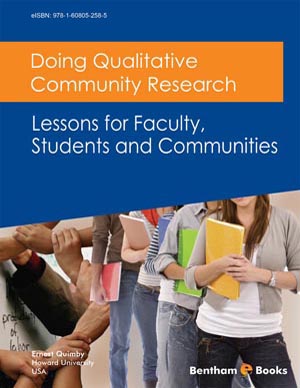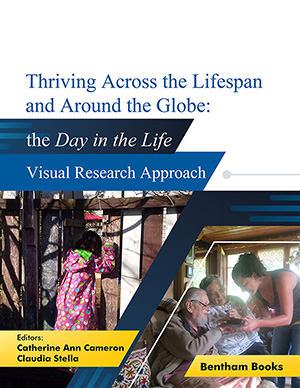Abstract
Conceptualization and technical procedures drive research. Theoretical and conceptual formulations, design and methodology are interrelated. A project’s aims and central questions directly affect intended data sources. Two forms of QCR are community-based research (CBR) and communitybased participatory research (CBPR). CBR uses a naturalistic community setting. Its objectives, design and methodology are typically planned by non-residents. CBPR involves community-based individuals and organizations in the research process, although the form and extent vary from project to project. This chapter describes CBPR’s benefits and characteristics. Emphasis is placed on health, wellness and health disparities. Suggestions for obtaining qualitative research funds are provided. Facilitators of CBPR are highlighted, e.g., sharing feasible expectations; and partnering based on clear expectations, specified deliverables, equity, and adequately anticipating and responding to challenges. Start-up considerations can be complicated and perplex. Potential for success is maximized when potential partners recognize and communicate their interests. Mechanisms and processes are promoted by mutual perceptions of fair and acceptable claims regarding the research process, results and uses. Structures and cultural styles of communities and research institutions also affect interrelationships and building of trust. QCR’s guidelines and principles are dynamic. Sensitivity, respect, appreciation and valuation are essential for rigor and collaboration. Thematic considerations affect QCR’s evolution, e.g., incorporating basic research and QCR in mixed method designs. Among other factors are linking translational research with improved service delivery and an institutional research agenda of community collaboration derived from mission-driven partnerships. Developing contacts and broadening relationships between research institutions and community organizations also expand QCR.
Keywords: QCR Learning Issues, Uses of Community-Based Participatory Research, Facilitating CBPR.













